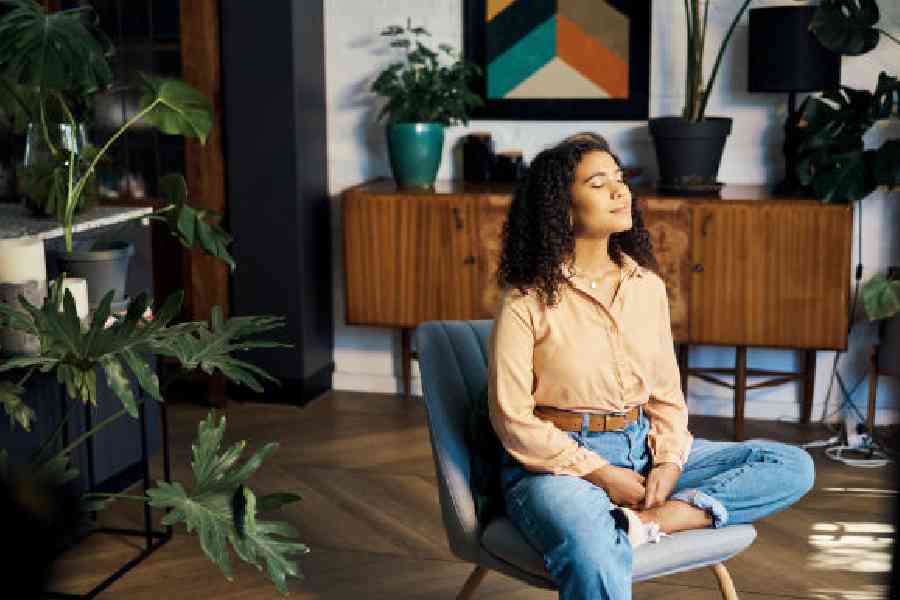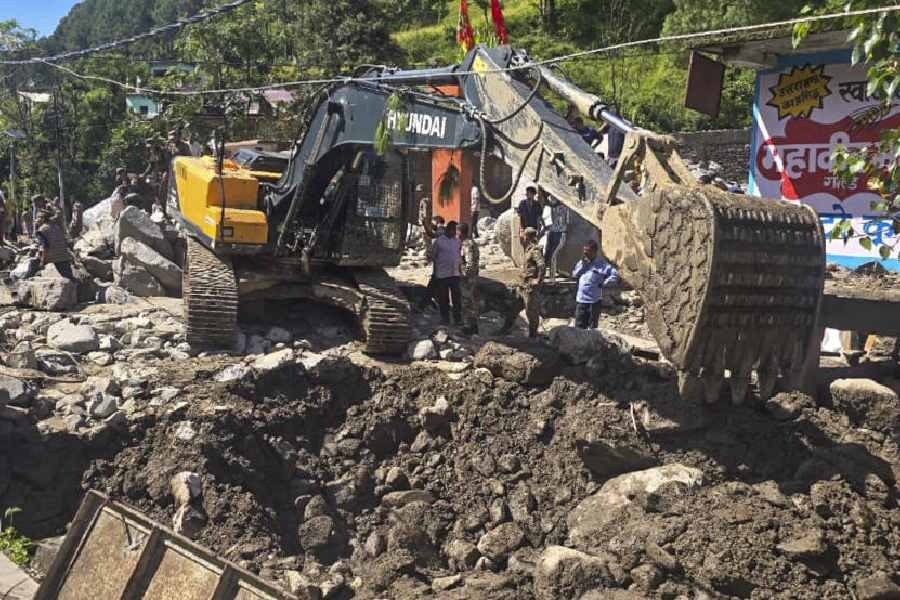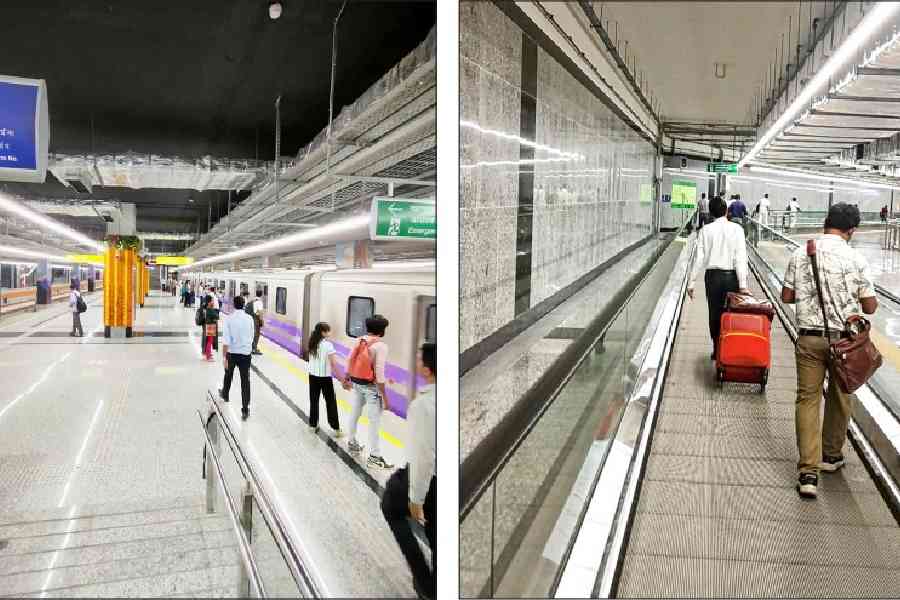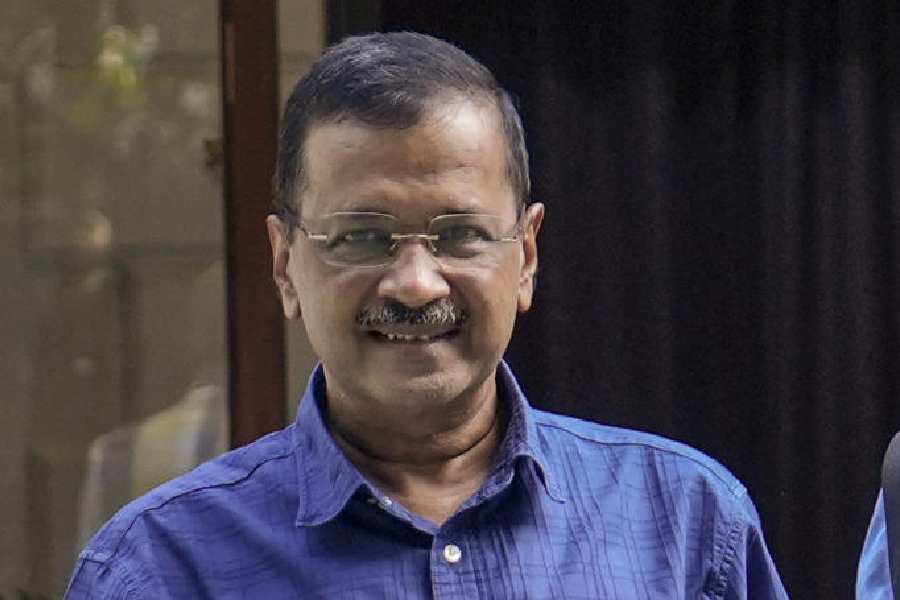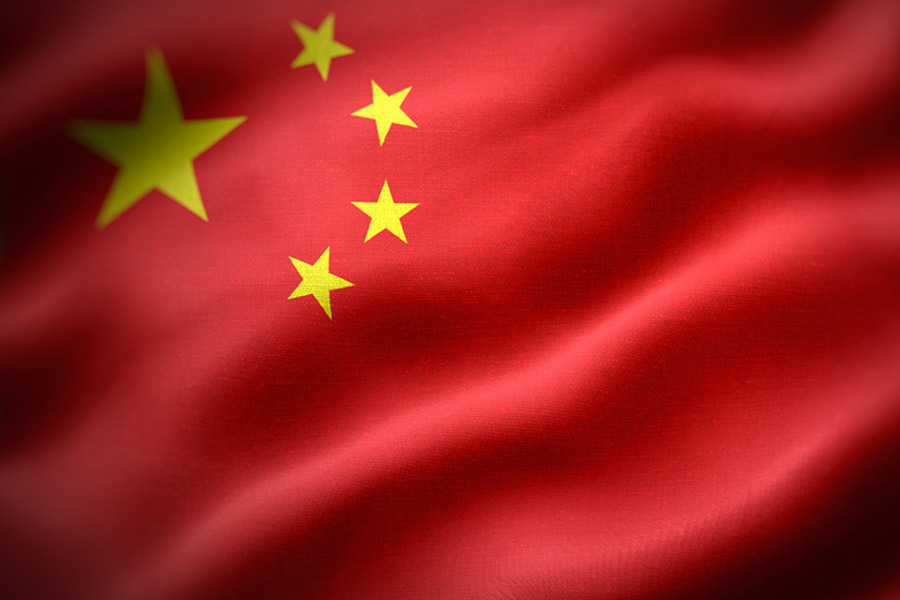 |
 |
 |
 |
 |
The locals like to boast that the entire Champagne region in France is built on a never-ending network of cellars stacked high with dusty bottles stored horizontally.
That might be a huge exaggeration but it doesn’t feel that way as you descend into the cellars of G.H. Mumm, one of the premier champagne houses of the region. The musty cellars have galleries filled with champagne that stretch in all directions. It’s said — though we didn’t check it out — that, added up, the galleries stretch for 25km.
The French like to say that Paris is in another universe and that the pace of life changes dramatically the moment you leave the capital. That was obvious as we hit the highway heading for Champagne about 160km away. As we neared our destination there were endless rows of vineyards on both sides of the road. The grapes had just been picked in September so the pruned vines looked a bit shorn.
The champagne houses here range from giants like Veuve Clicquot and Krug to smaller operations like the 90-acre Henri Mandois. Our first stop was, in fact, at the Henri Mandois vineyard which is presided over today by fifth-generation family member Claude Mandois. Mandois is unusual because he’s a hands-on owner who loves to begin his day early and watch over his 20 employees. “I like to be involved as much as I can,” he says.
“At 21, I took over the business when my father died,” he says. Claude, in fact, learnt the ins and outs of the complex business from his grandfather who died in 1999 aged 91. Champagne is obviously good for health because Claude’s grandfather drank a bottle and a half every day and that didn’t stop him from living to a ripe old age. We tasted the different varieties produced by the house but we didn’t really get to a bottle and a half.
Once we had finished sipping champagne and walking around the vineyard, we got back into our cars and headed off to Reims, the history-laden city that’s the main urban centre in this region. Our hotel was small and as quaint as the rest of the town with its cobble-stoned shopping district and cathedral.
The next day we headed off to G.H. Mumm, one of the premier houses of the region. Mumm is a global-sized operation with a 218-hectare vineyard, and is very different from Henri Mandois. You turn off the road and enter through tall iron gates that open to let you in and close immediately afterwards.
But, you might say that the building is just a façade for the giant cellars that lie 14 metres underground. The temperature drops sharply as we enter the cellar and there is, not surprisingly, a strong smell of champagne in the air. Also, there are cobwebs over the dusty lightbulbs that throw a dim yellow light on the workmen who, dressed in gumboots and gloves, transfer cases from one machine to another. “The temperature in the cellar always remains constant,” says Communications Director, Oliver Cavil.
We were on a five-day trip organised by the Comite Interprofessional du Vin de Champagne, which is the industry’s regulatory body. The trip involved visiting some of the region’s biggest houses and learning the intricate details that surround champagne and its making.
If you want to see a giant-scale operation it has to be Veuve Clicquot (that means widow Clicquot and it’s named after the strong-minded lady who built up the house. Today it’s a subsidiary of a giant conglomerate, LVMH and as a result its offices are much more modern than the ones at other vineyards. Veuve Clicquot gets its grapes from almost 500 hectares of vineyards and its products are sold in 90 countries.
Interestingly, even the cellar at Veuve Clicquot is a bit more modern than the others that we visited. But it’s also huge. In fact, this house keeps almost the equivalent of a year’s harvest in reserve. This is a modern operation and this shows in the careful branding and the Veuve Clicquot orange colour that’s everywhere. Even the staff have scarves with a touch of orange — everything here from the designs on the champagne cases to the uniforms have been designed by Gucci.
“Please get familiar with our taste,” says Frederic Panaiotis, the in-house oenologist as we start an extensive tasting session, during which he coaches us on the nuances of appreciating champagne.
We had a busy schedule in Champagne which included visiting some of the region’s other giants like Bollinger and Krug. At Bollinger we visited the two-storeyed stone house with a small vegetable garden, which serves as the company’s office. Nearby, there’s a small two-acre vineyard but the real growing area is some distance away.
Finally, there was Krug, which was made much more memorable because here, we were hosted by Remi Krug, the company president. Krug, dressed in an impeccably-cut grey suit, uncorked some of the finest wines of the house. “Krug is fresh. It’s champagne that says who I am. It has a precise voice. It attracts people. It’s a brand that makes a statement for you and about you. This is all about bespoke,” he said. We were all ready to raise a glass to that.


